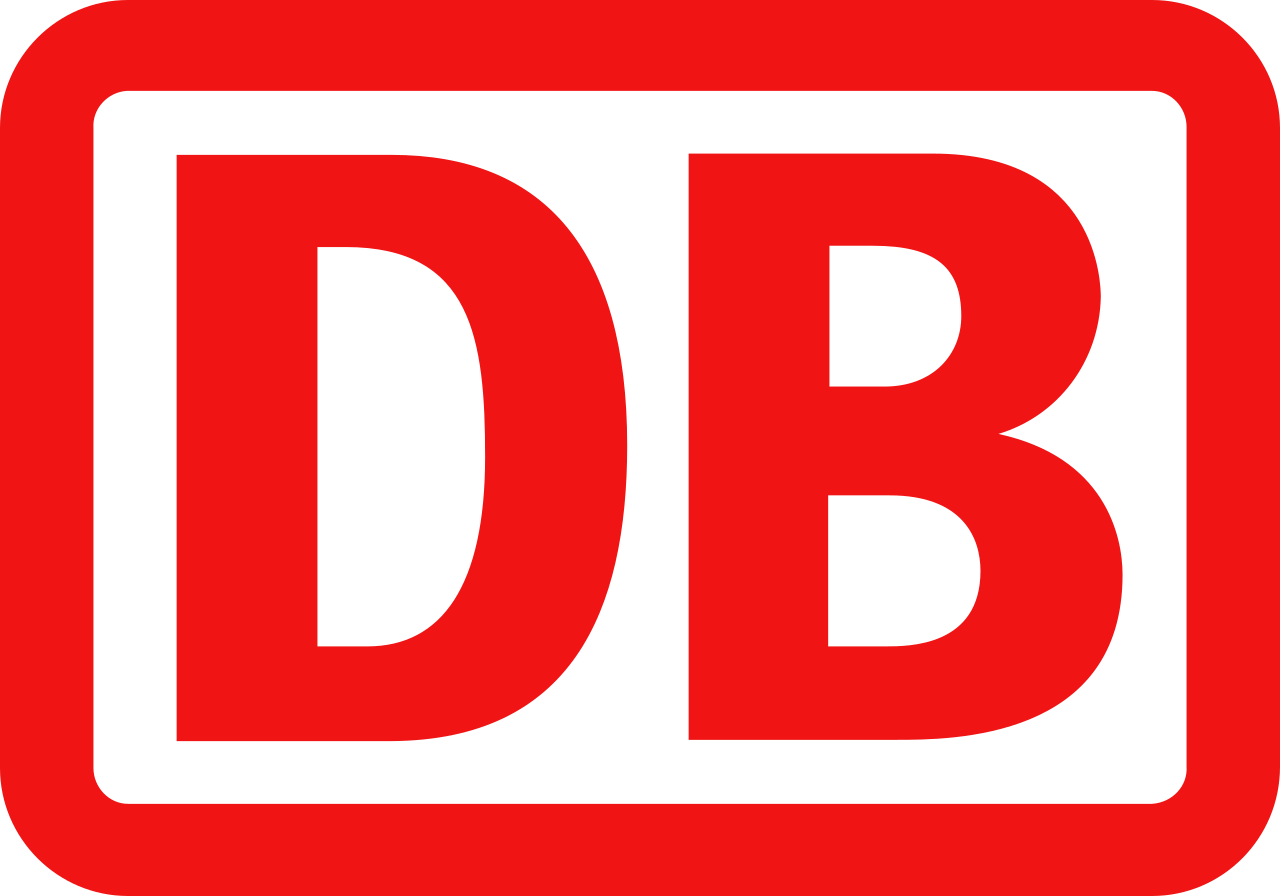
You can buy train tickets directly from the operator or through a reseller. The reseller is typically slightly more expensive (3-5%) but can provide an easier booking experience, especially if you travel with more than one operator.


These operators provide a complete journey either as a direct connection or through their partners. Even if a change of trains is involved, it’s all part of a single itinerary managed by the same train company or its partners, offering a smoother and more coordinated travel experience.

Some operators don’t run direct trains the whole way, but they serve either the departure or arrival station. In many cases, you can combine two of these operators to complete your journey by changing trains along the way. This is often a flexible and budget-friendly way to travel — especially if you’re comfortable piecing together your own itinerary.
Just keep in mind that these are separate journeys, which means a delay on the first leg could cause you to miss the second without automatic compensation or rebooking. It’s a great option for confident travelers who don’t mind a bit of extra planning.




FlixBus is primarily known as a long-distance bus service rather than a rail operator. While the focus of FlixBus is on providing budget-friendly coach travel across Europe, their train service operates under the brand FlixTrain, mainly within Germany and Sweden. FlixTrain offers a more affordable alternative to traditional train services and typically features refurbished coaches with standard seating.
Onboard amenities for FlixTrain usually include free Wi-Fi, power outlets at seats, and a bistro service offering snacks and beverages for purchase. Seating is generally in a 2-2 configuration with reclining capabilities, providing a comfortable journey for long-distance travel. FlixTrain prides itself on maintaining eco-friendly operations with modernized, energy-efficient trains.
Their customer support services are accessible, with options for assistance via phone, email, and social media channels. The FlixTrain app and website provide up-to-date travel information, easy booking services, and digital ticketing options for a paperless experience. While FlixBus and FlixTrain predominantly cover different routes, first-time travelers will appreciate FlixTrain’s focus on value, efficient service, and customer convenience.
The Interrail Global Pass is valid for traveling by train from Stockholm to Brussels for residents of EU countries, as it covers multiple countries, including Sweden, Germany, and Belgium on the route to Brussels. The Interrail One Country Pass would not be applicable for the entire journey from Stockholm to Brussels as it covers only a single country, not multiple. The Eurail Pass is also valid for traveling from Stockholm to Brussels for non-EU residents, as it allows travel across multiple countries, including Sweden, Germany, and Belgium, which are on the way to Brussels.
Arriving in Brussels by train, you’ll likely find yourself at one of the main stations such as Brussels Central, Brussels Midi, or Brussels Nord. From these stations, the city’s local transportation offers a variety of options to get around efficiently. The Brussels Metro is a convenient and fast way to travel across the city, consisting of four lines (M1, M2, M5, M6) that connect many key areas. Stations are well-marked, and maps are available to navigate the system. For above-ground travel, the tram network provides extensive coverage with multiple lines crisscrossing the city. Trams are a scenic and comfortable way to explore, with frequent services. Buses complement the metro and tram networks, connecting areas that might not be accessible otherwise.
For more flexibility, taxis are readily available throughout Brussels, with taxi stands located near major train stations and popular areas. Alternatively, ridesharing services like Uber operate in the city, offering another convenient option for getting around. Simply use the app to request a ride to your desired destination. When using Brussels’ public transport, consider purchasing the STIB-MIVB tickets, which are valid on trams, buses, and metro services and can be bought at ticket vending machines in stations or via the official app. This integrated ticket system makes transfers between different modes of public transport seamless.
Brussels serves as a central hub for both domestic and international train travel, offering a variety of connections that cater to different needs. Domestically, travelers can easily access major Belgian cities such as Antwerp, Ghent, and Bruges via frequent InterCity (IC) trains. These routes provide efficient and direct services with Antwerp approximately 40 minutes away, Ghent around 30 minutes, and Bruges about 1 hour and 10 minutes.
Internationally, Brussels is well-connected by high-speed trains. The Thalys service offers routes to Paris, taking approximately 1 hour and 22 minutes, and to Amsterdam in around 2 hours. To travel to London, the Eurostar provides a comfortable journey in about 2 hours. For those heading towards Germany, the ICE trains link Brussels to cities like Cologne in about 1 hour and 50 minutes and onward to Frankfurt in about 3 hours. Additionally, TGV services connect Brussels with the south of France, including popular destinations like Marseille, although these journeys can vary in travel time depending on the destination. With its comprehensive network, Brussels ensures that travelers experience efficient and reliable train services to numerous exciting destinations across Belgium and Europe.
The best time to visit Brussels is generally during the spring months of March to May and the early autumn months of September to October. During these periods, the weather is mild and pleasant, making it ideal for exploring the city’s outdoor attractions and enjoying al fresco dining. Additionally, these months fall outside of the peak tourist summer season, resulting in more moderate accommodation prices and less crowded attractions. Spring in Brussels also offers vibrant floral displays, such as the famed Floralia Brussels flower exhibition. Autumn attracts visitors with events like the Brussels Beer Weekend and various outdoor markets. If you aim to experience Brussels’ festive atmosphere, visiting during December is also appealing for the Christmas markets, though it’s a busier and potentially pricier time. Arriving by train offers convenience and easy access to the city’s well-connected public transportation network, regardless of the time of year.
When traveling from Stockholm to Brussels by train, it is important to pack your passport or an EU national ID card for border checks, and travel tickets or e-tickets in either digital or print form for your train journey. Pack a power bank for charging devices on the go, and an EU power adapter as the outlets in Belgium require this if you have devices with non-EU plugs. Bring a reusable water bottle and snacks to stay hydrated and full during the train ride. Wear comfortable clothes and bring a light sweater or scarf for varying temperatures on the train. A travel pillow and eye mask can enhance comfort for long stretches. Include a guidebook or download apps with maps and useful information about Brussels for navigation and sightseeing. Carry your health insurance card, and any necessary medications or toiletries you may need. Have a small daypack for easy access to essentials, and don’t forget your debit or credit card with some euros for local expenses. Finally, consider noise-canceling headphones or earplugs for a quieter journey experience.